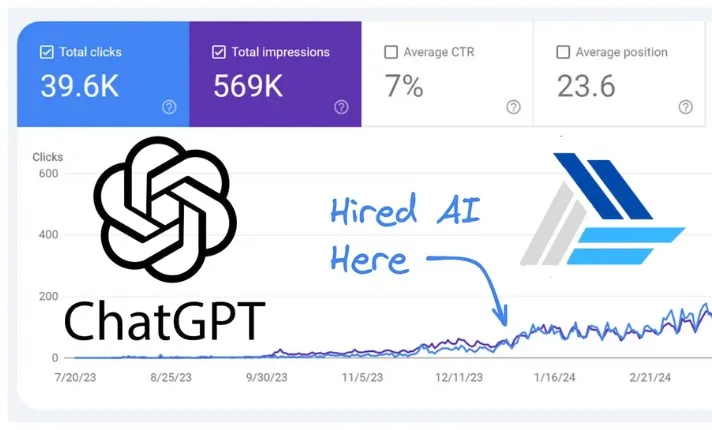Why Use Base64 Images in HTML?
Displaying images using Base64 encoding within your HTML provides several benefits:
Faster Page Loading
By embedding images as Base64 strings, you eliminate additional HTTP requests for image files. This results in faster page loading, especially for smaller images like icons and logos, reducing server requests and improving user experience.
Enhanced Security
Base64 obscures the binary data of the image, providing an extra layer of security. While not encryption, it adds complexity that can deter tampering or unauthorized access to your image files.
Improved Compatibility
Base64 encoded images are compatible with all modern browsers, ensuring consistent display across devices and contributing to a smooth and reliable user experience.
Simplified Development
With Base64, you can embed images directly into your HTML code, reducing the need to manage external image files. This simplifies workflows, especially when working with small images like icons or inline graphics.
Understanding Base64 Data URLs
Base64 images are embedded using data URLs. These allow you to directly embed the image’s data into the HTML or CSS. No separate file references are needed.
Components of a Base64 Data URL:
- Data Type: Specifies the file type, such as
data:image/png for PNG images. - Encoding Indicator: Shows that the data is Base64-encoded, e.g.,
;base64. - Base64 Data: The image data encoded in Base64 format.
Example:
Here’s how to embed a Base64 image in your HTML:

The src attribute contains the Base64-encoded data string, which the browser decodes and displays as an image.
Steps to Display Base64 Images in HTML
To display a Base64 image in HTML, follow these simple steps:
- Convert your image to Base64 using an online encoder.
- Create a data URL in the format
data:image/[format];base64 (replace [format] with your image type, e.g., PNG or JPEG). - Embed the data URL inside the
src attribute of an ![]()
For example, a Base64 encoded image can be embedded as follows:

Conclusion
Embedding Base64 images in HTML offers faster load times, improved security, cross-browser compatibility, and simpler development. Jimni Nomics provides an easy-to-use Base64 to Image Converter tool to help you embed images efficiently on your web pages. Visit Jimni Nomics today to explore more tools and resources for optimizing your website.


 By: Jimni Nomics
By: Jimni Nomics

